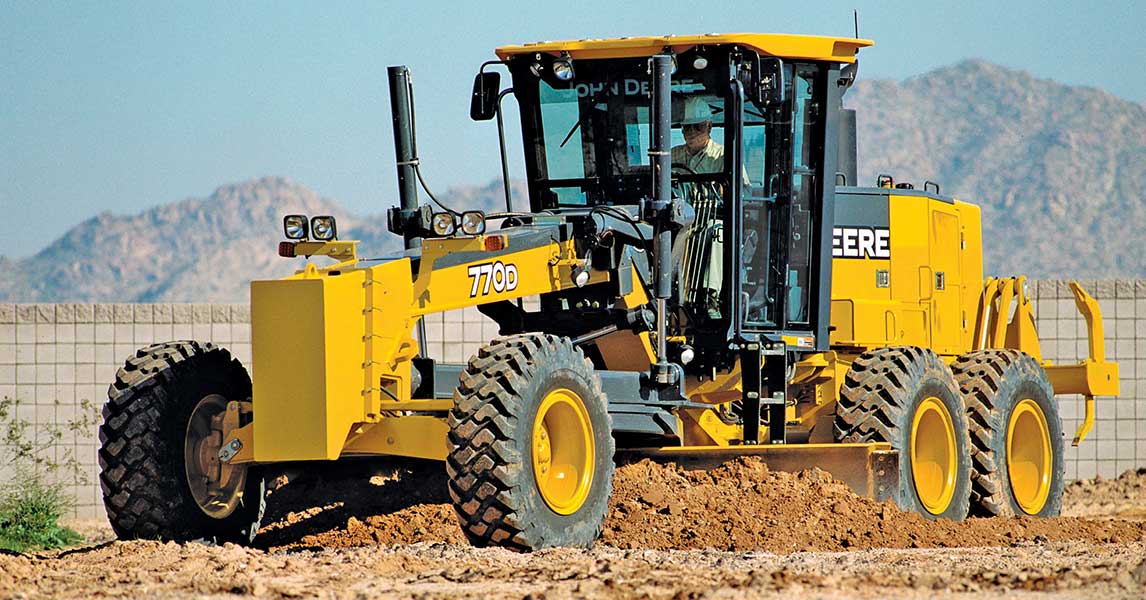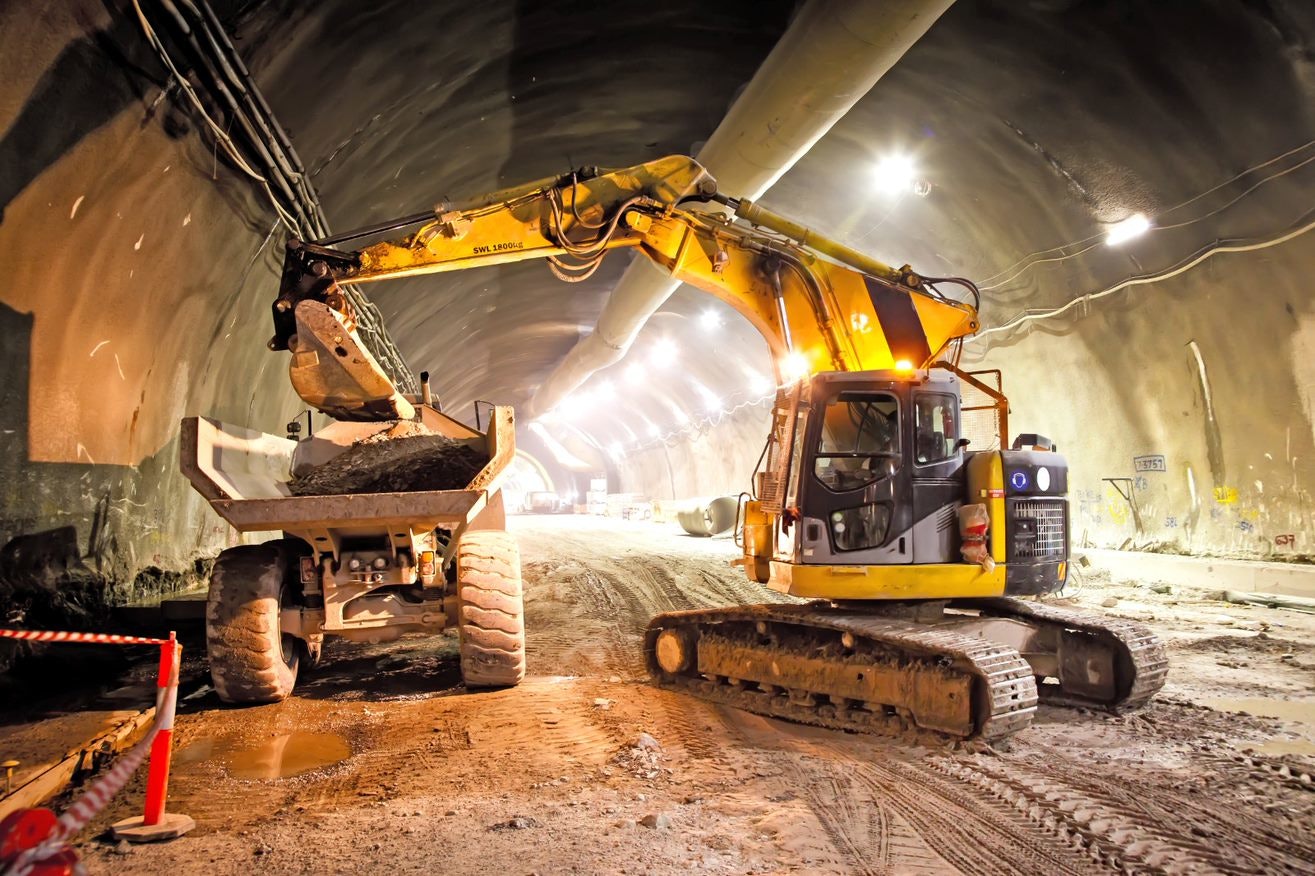Top Choices for Construction Equipment Rentals: From Forklift to Aerial Lift Rental
Top Choices for Construction Equipment Rentals: From Forklift to Aerial Lift Rental
Blog Article
Elements to Assess When Renting Construction Tools for Cost-Effective Procedures
When taking into consideration the leasing of building equipment for cost-effective procedures, different elements come right into play that can substantially affect the general task expenditure. Evaluating equipment specifications, rental terms, upkeep expenses, project period, and performing a complete expense analysis are crucial actions in guaranteeing optimal economic effectiveness and functional success. Each of these aspects holds the possible to either enhance operations and decrease costs or cause unanticipated costs and job delays. By meticulously evaluating these factors, building and construction companies can make informed choices that not only profit their profits but also add to the overall effectiveness of their projects.
Devices Specifications

Effectiveness is vital for optimizing performance and maintaining prices in check. Equipment that is efficient not just completes tasks in a timely fashion however also eats resources judiciously. Variables such as gas intake, operating speed, and technology combination add to equipment effectiveness. By prioritizing capability, sturdiness, and performance in tools requirements, building and construction task supervisors can improve operational performance and eventually accomplish successful task outcomes.
Rental Terms
To guarantee a clear understanding of the terms associated with renting building and construction tools, it is essential for project managers to carefully review and negotiate the rental agreement (scissor lift rental). Rental terms incorporate different elements that can dramatically affect the total expense and efficiency of a building job. Trick factors to think about consist of the rental period, prices framework, repayment terms, upkeep duties, insurance policy coverage, and arrangements for tools break downs or breakdowns
When examining the rental contract, task supervisors need to pay very close attention to the period of the rental duration. Comprehending whether the rental charges are based upon a per hour, everyday, once a week, or monthly price is critical for budgeting and organizing purposes. Furthermore, clearing up the repayment terms, such as in advance expenses, down payment, and charges for late payments, can aid stay clear of unanticipated monetary problems.
In addition, going over maintenance responsibilities ahead of time can avoid disputes later on. Clearly detailing who is liable for regular upkeep, repairs, and maintenance can make certain that the equipment remains in optimal condition throughout the rental duration - aerial lift rental. It is additionally important to validate the insurance protection supplied by the rental business to prevent any responsibilities in instance of crashes or damages. By carefully checking out and bargaining the rental terms, task supervisors can secure economical tools leasings that fulfill their project demands.
Maintenance Costs

When assessing maintenance costs, think about aspects such as routine maintenance, replacement of parts, and emergency situation repair work. Some rental firms provide upkeep packages that cover these expenses, while others might call for rental company near me renters to bear the full maintenance expenses. Computing the total price of possession, including maintenance, provides a much more precise photo of the leasing's monetary effect. By budgeting for upkeep prices adhering and ahead of time to recommended maintenance routines, renters can minimize unexpected expenses and make the most of the efficiency of the leased construction tools.
Task Period
Reliable job duration monitoring is important to optimizing the use of rented building and construction tools and guaranteeing timely completion of tasks. When renting out construction devices, thinking about the task duration is essential for economical operations. A clear understanding of the project timeline allows for much better planning and use of tools, making sure that the right tools are offered for the required duration without sustaining unnecessary costs. Matching the rental period to the task's approximated duration aids in staying clear of any kind of potential late charges or surcharges that may develop from exceeding the agreed-upon rental timeframe. In addition, effective task period management enables building and construction groups to streamline their operations, enhance efficiency, and satisfy job due dates effectively. By straightening the rental period with the task routine, construction firms can make best use of using tools, reduce downtime, and ultimately attain cost savings on their jobs. Assessing and precisely approximating the task period is a vital variable in leasing building and construction devices for optimal cost-effectiveness.
Expense Analysis
Straightening the job period with a comprehensive cost analysis is necessary in enhancing the financial efficiency of renting construction equipment. Carrying out an extensive cost evaluation includes more than simply contrasting rental rates. It calls for assessing additional expenses such as transportation, maintenance, insurance, and potential downtime prices. By considering these aspects, you can make enlightened decisions that add to total cost-effectiveness.
One vital aspect of cost evaluation is understanding your task's details devices demands. Renting devices that is either underutilized or excessive used can lead to unneeded expenses. Examining the task needs and selecting the ideal kind and amount of equipment can help decrease expenses while making certain operational effectiveness.
In addition, comparing the expenses of purchasing versus leasing tools is important. While leasing might seem cost-effective for short-term jobs or specific equipment, buying could be more economical for long-term or frequently used machinery. By weighing the pros and cons of both options, you can make strategic choices that align with your budget and project goals.
Verdict
In conclusion, evaluating variables such as tools specifications, rental terms, maintenance costs, project period, and price evaluation is crucial when renting out building and construction tools for affordable operations. By carefully considering these variables, building and construction business can ensure they are getting the a lot of value out of their devices leasings and ultimately conserve money on their jobs. It is vital to prioritize cost-effectiveness and efficiency in all facets of construction procedures.
Assessing equipment specifications, rental terms, upkeep expenses, task duration, and conducting a comprehensive price evaluation are important steps in guaranteeing optimal economic performance and functional success. By focusing on capability, durability, and effectiveness in tools specs, building and construction task supervisors can boost operational effectiveness and inevitably attain effective project outcomes.

By lining up the rental duration with the task timetable, building and construction firms can make best use of the usage of tools, lessen downtime, and eventually accomplish cost savings on their tasks.In conclusion, assessing factors such as equipment requirements, rental terms, upkeep expenses, project period, and price analysis is important when renting out building devices for cost-effective procedures.
Report this page